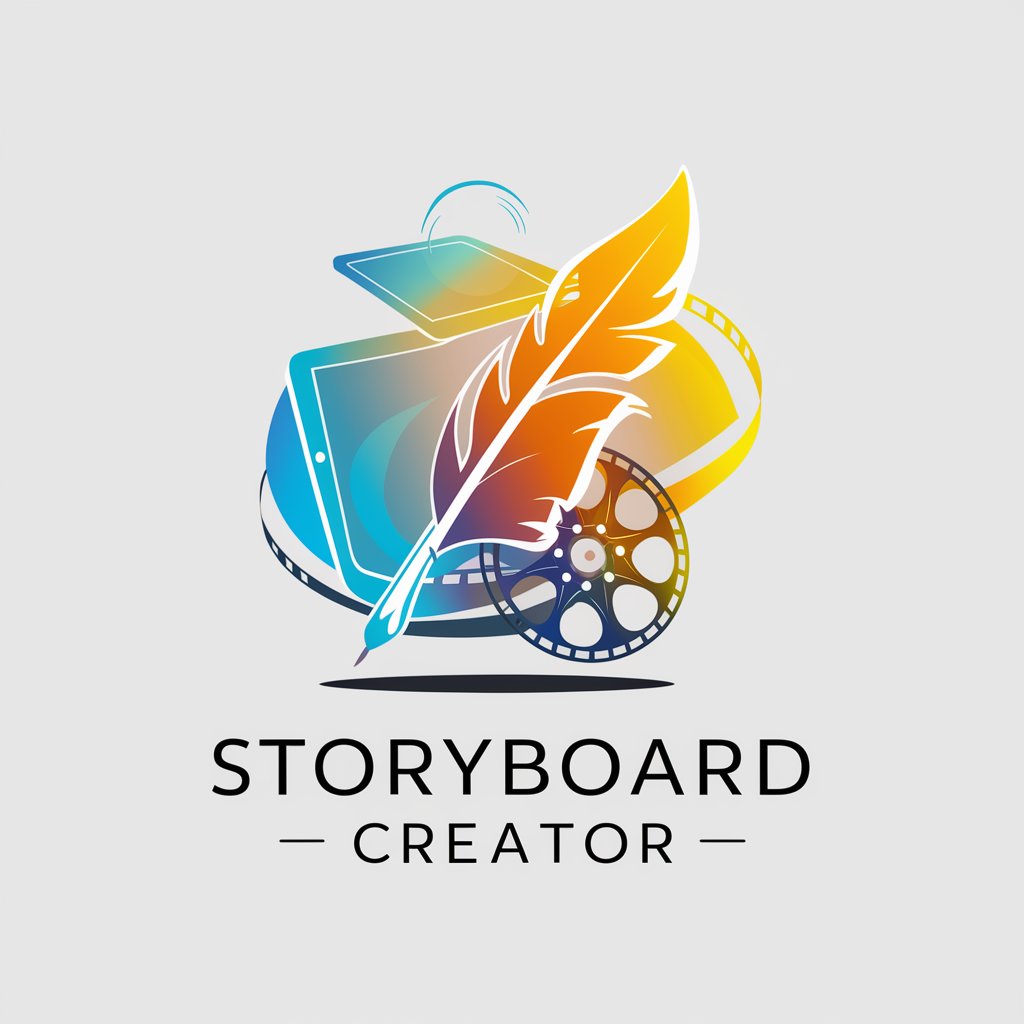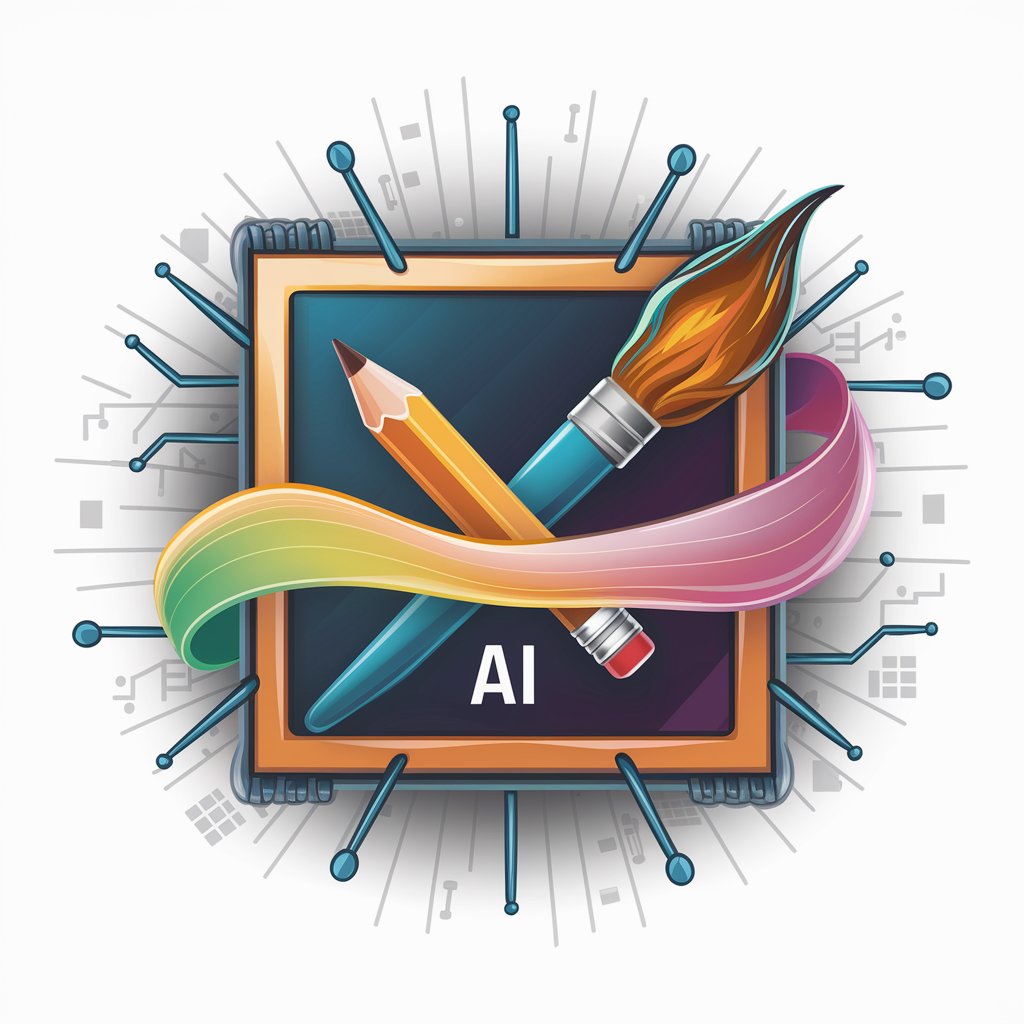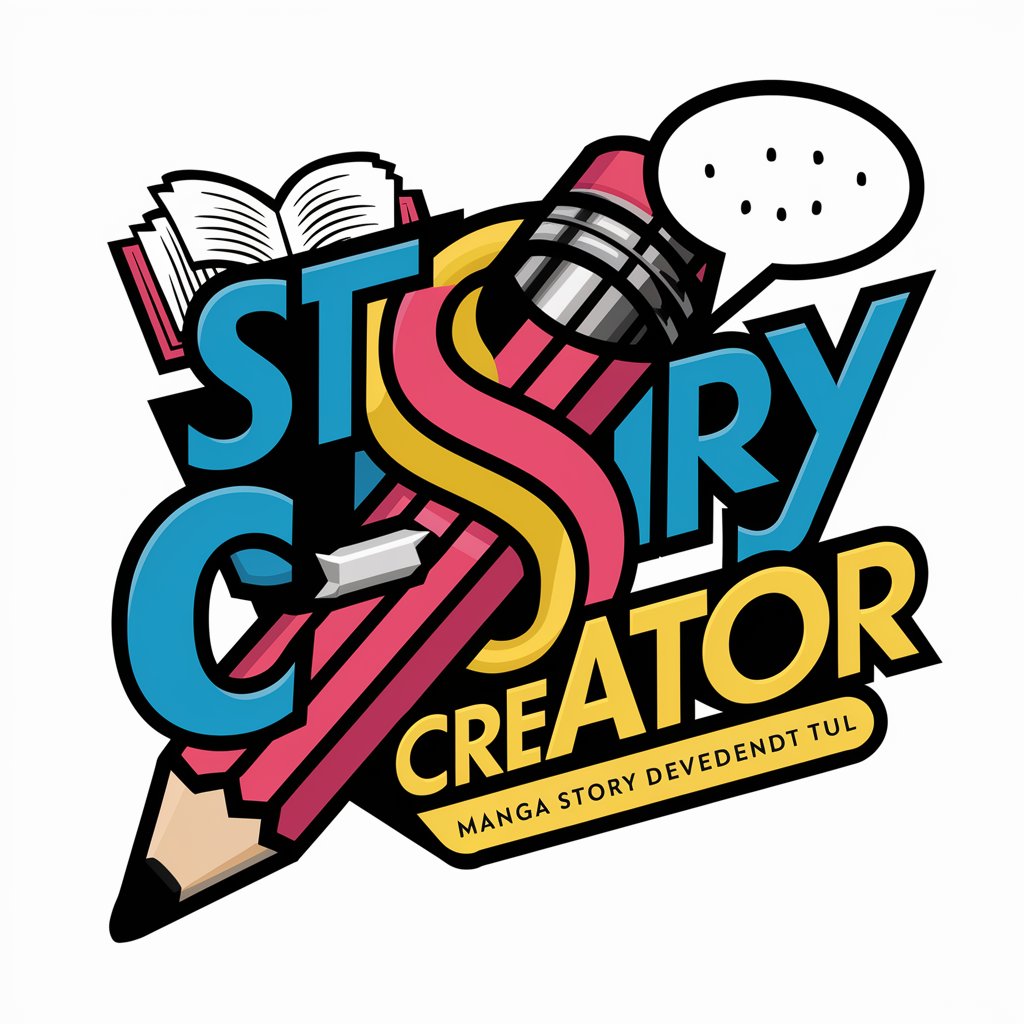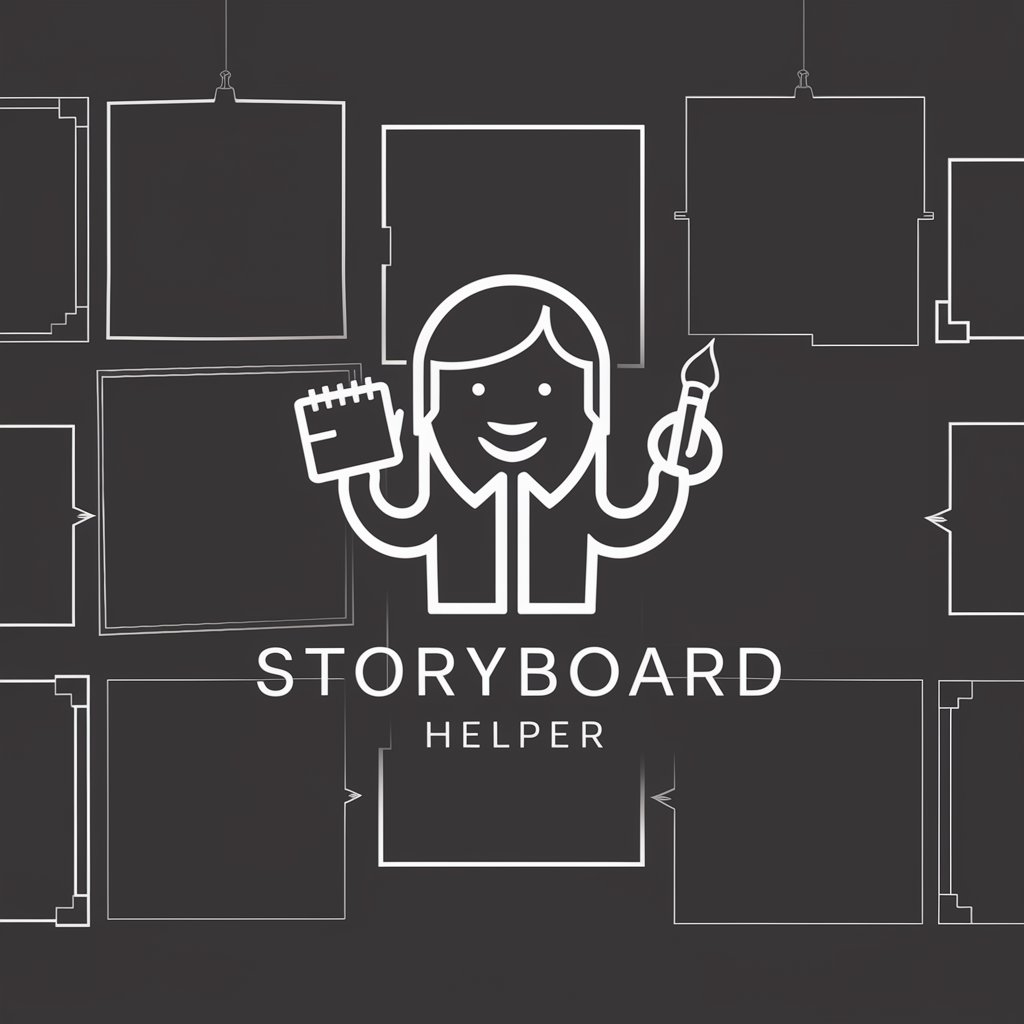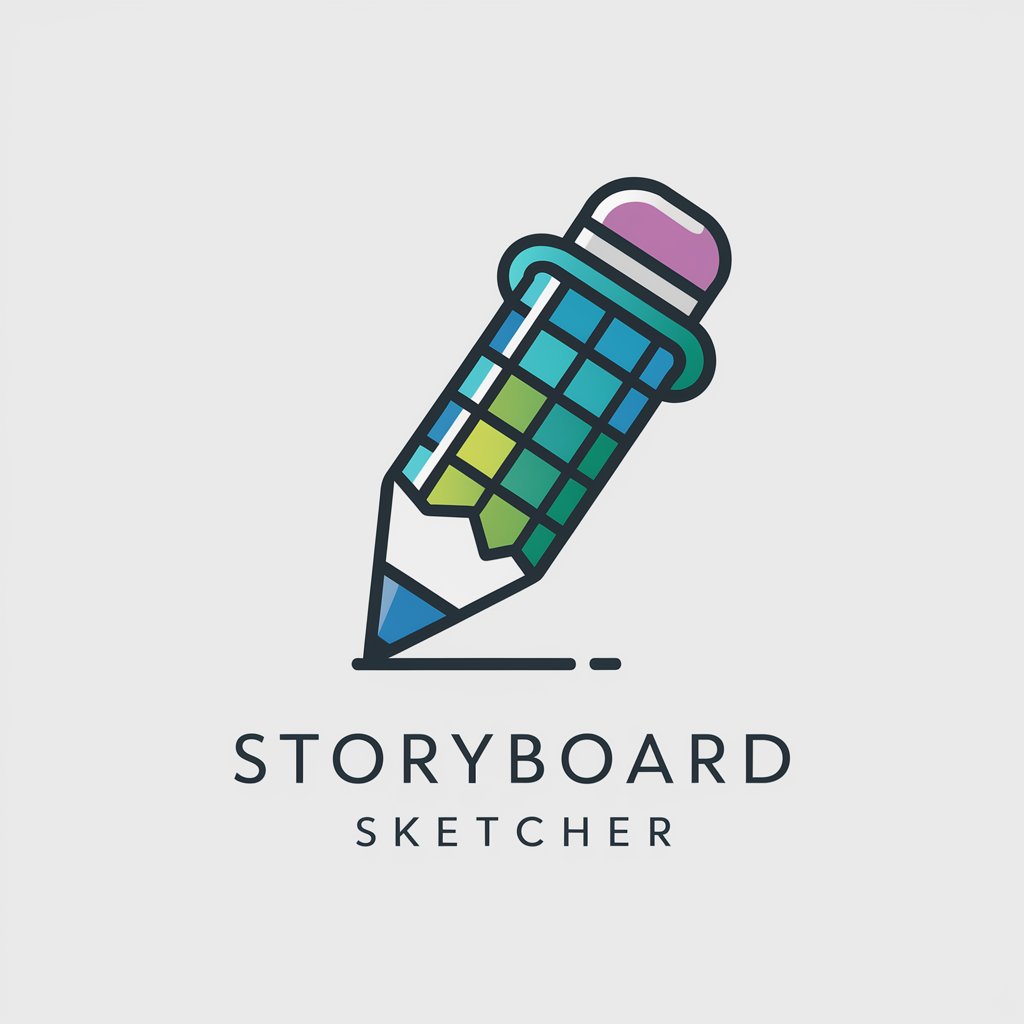
Storyboard Creator - AI-Powered Storyboard Generation
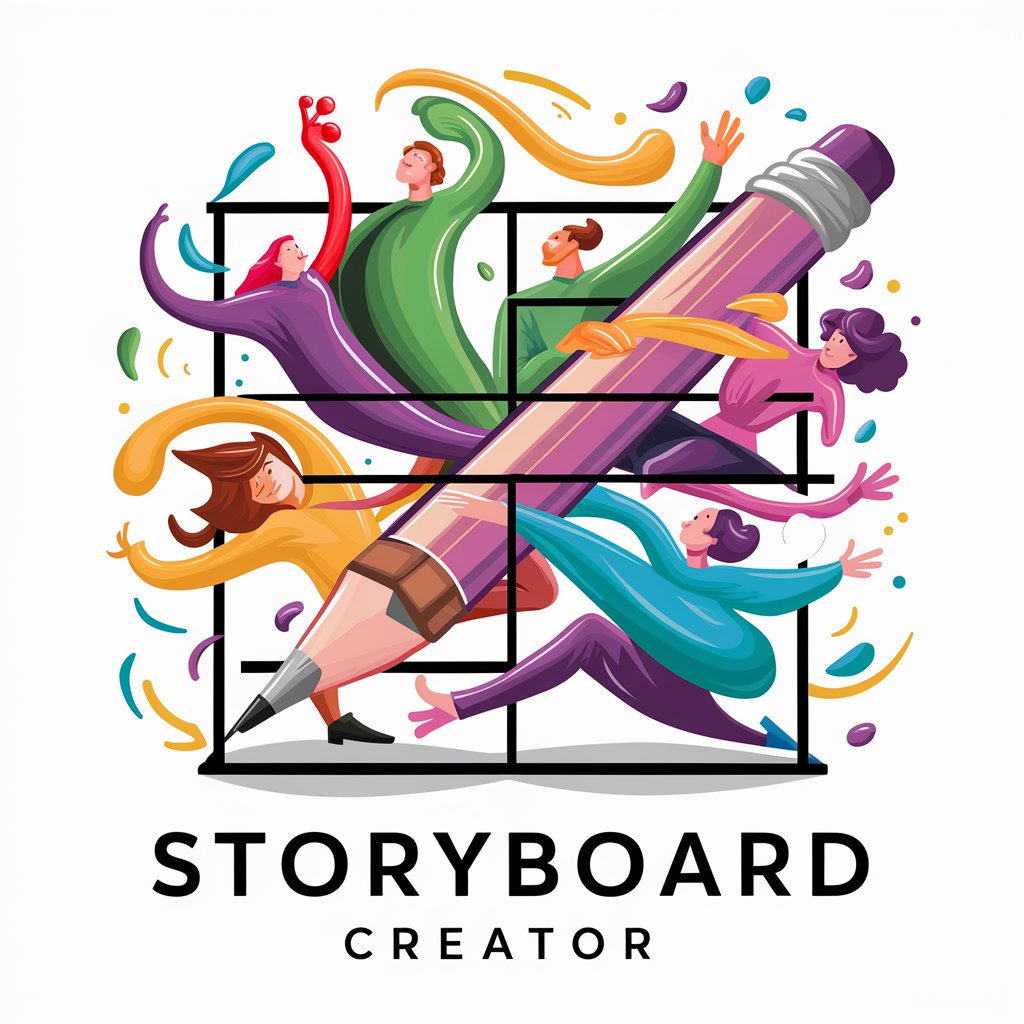
Welcome! Let's create an amazing storyboard together.
Bringing Stories to Life with AI
A young hero embarks on a journey to find a lost treasure...
In a small, enchanted village, a mysterious event brings the townspeople together...
A futuristic city where technology and nature coexist harmoniously faces a new challenge...
On a distant planet, explorers discover an ancient civilization with secrets to uncover...
Get Embed Code
Overview of Storyboard Creator
Storyboard Creator is designed as an innovative tool tailored for crafting visual narratives through the medium of storyboarding. It serves as a creative companion, transforming ideas, words, or sentences into vivid storyboard sketches. This digital assistant excels in generating a series of detailed sketches based on the user's narrative input, ensuring a seamless translation of textual or conceptual ideas into visual representations. The tool is adept at maintaining consistency across sketches, preserving the continuity of characters, settings, and the narrative flow. An example scenario illustrating its use could be a filmmaker sketching out scenes for a short film, where Storyboard Creator would generate initial sketches based on the film's synopsis, characters, and key moments, thereby providing a visual blueprint for the filmmaker's vision. Powered by ChatGPT-4o。

Core Functions of Storyboard Creator
Narrative Visualization
Example
Converting a script's scenes into visual sketches.
Scenario
A scriptwriter has a script for a short story and wishes to visualize the scenes to better communicate the flow and structure to the director and production team. Storyboard Creator generates sketches for each scene, aiding in pre-visualization and planning.
Character and Location Continuity
Example
Maintaining consistent character appearances and settings across scenes.
Scenario
An animator is working on a series with multiple episodes. They use Storyboard Creator to ensure characters and locations remain visually consistent from one episode to the next, facilitating a cohesive visual narrative.
Collaborative Story Development
Example
Interactive story development with real-time feedback.
Scenario
A team of writers and illustrators collaboratively developing a graphic novel. They input initial concepts into Storyboard Creator, which generates sketches. The team reviews, suggests modifications, and refines the storyboard together, making the story development process highly interactive and iterative.
Creative Exploration
Example
Exploring different visual styles and perspectives.
Scenario
A game developer exploring various visual styles for a new game's narrative scenes. By inputting different style descriptors and narrative elements into Storyboard Creator, they can quickly visualize and compare different artistic directions, aiding in the decision-making process.
Target User Groups for Storyboard Creator
Filmmakers and Screenwriters
These professionals benefit from visualizing scripts and scenes, enhancing storytelling and planning. Storyboard Creator assists in translating narrative ideas into visual sketches, facilitating communication among crew members and improving pre-production efficiency.
Animators and Illustrators
Artists in animation and illustration can use Storyboard Creator to maintain visual consistency across their work and explore different storytelling angles. It's particularly useful in early stages of character and scene development.
Game Developers
For game developers, visualizing game narratives and cutscenes is crucial. Storyboard Creator allows them to experiment with different visual narratives and styles, aiding in the creation of immersive game worlds and stories.
Writers and Content Creators
Writers looking to branch into visual storytelling or content creators needing to outline visual content for social media, blogs, or videos can utilize Storyboard Creator to bring their ideas to life visually, making complex concepts easier to communicate and understand.

How to Use Storyboard Creator
Start for Free
Visit yeschat.ai to begin using Storyboard Creator for free without the need to sign up or subscribe to ChatGPT Plus.
Define Your Narrative
Input your story idea, keywords, or sentences to set the scene and characters for your storyboard.
Review Initial Sketches
Evaluate the four initial sketches provided based on your narrative inputs and decide if any adjustments are needed.
Customize Your Storyboard
Provide feedback or additional details to refine characters, settings, or plot points for more personalized sketches.
Finalize and Export
Once satisfied with the storyboard, finalize your creation and export it for use in presentations, stories, or film planning.
Try other advanced and practical GPTs
LogoMaker
Simplifying Design with AI
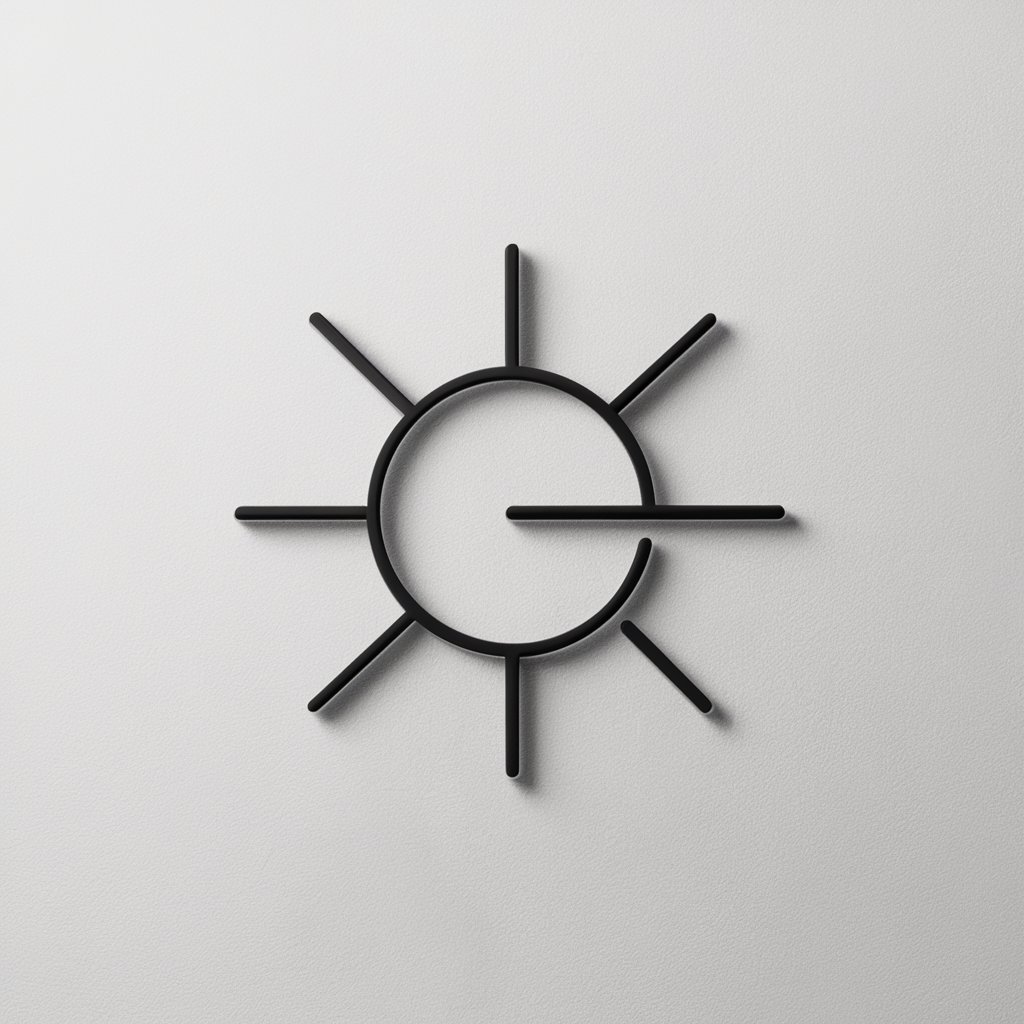
Your Friend Alice
Empathy at the Heart of AI
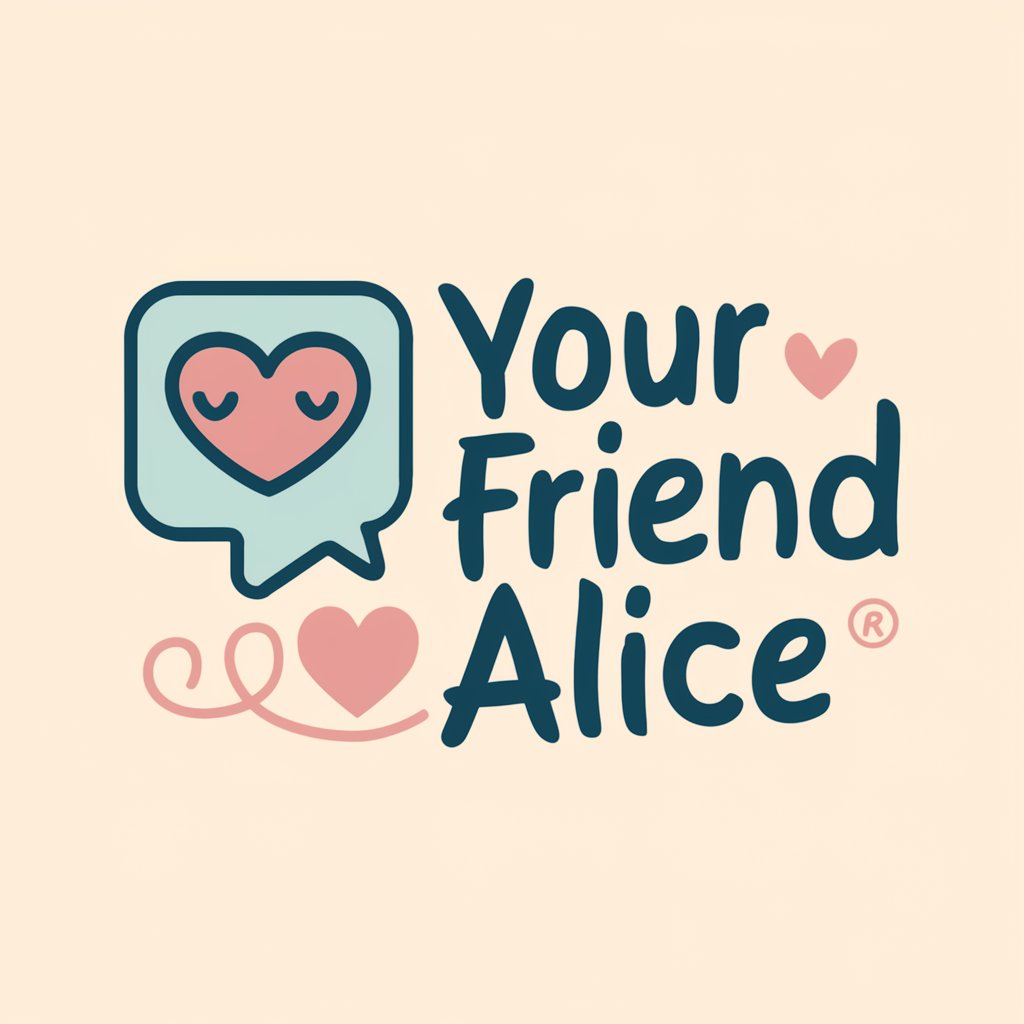
Resume Creator & Maintainer
Craft Your Career with AI
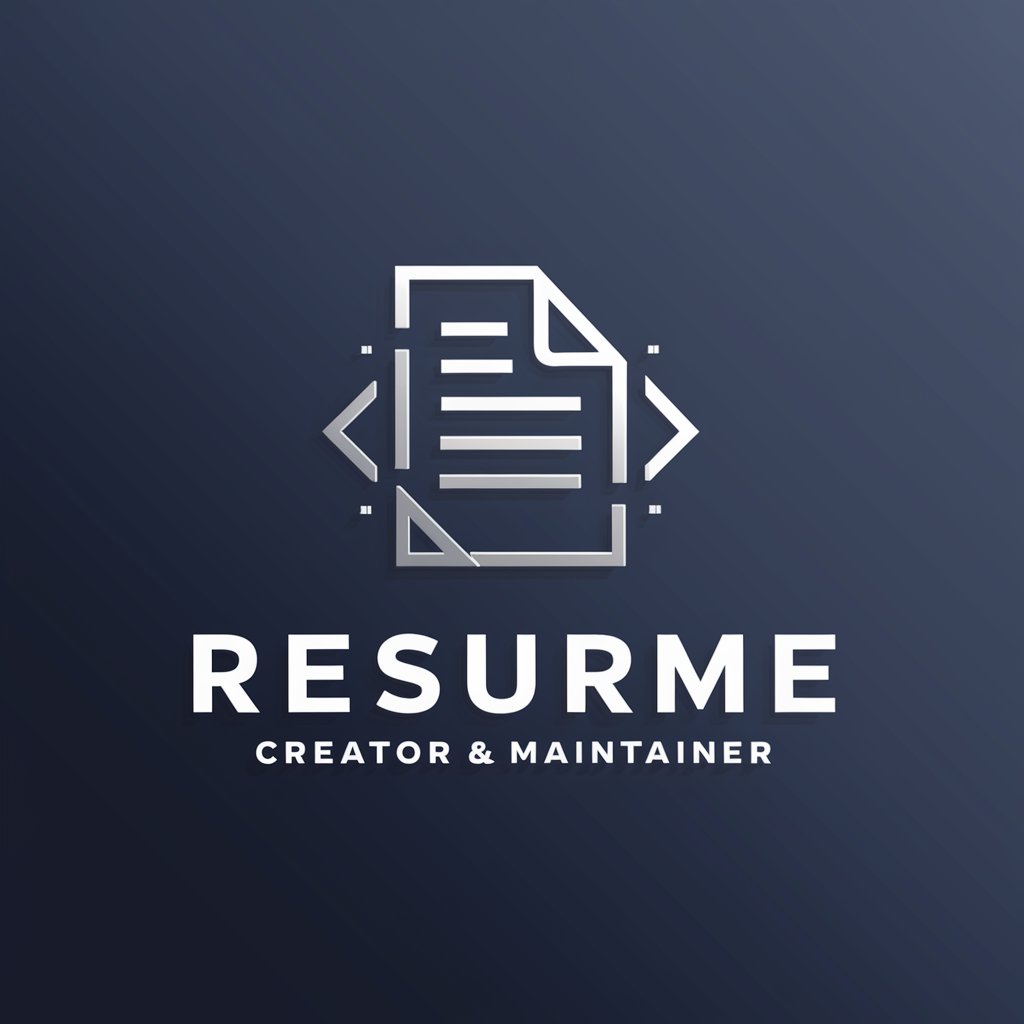
マッチングアプリ返事しとくよ
Elevate Your Dating Conversations with AI
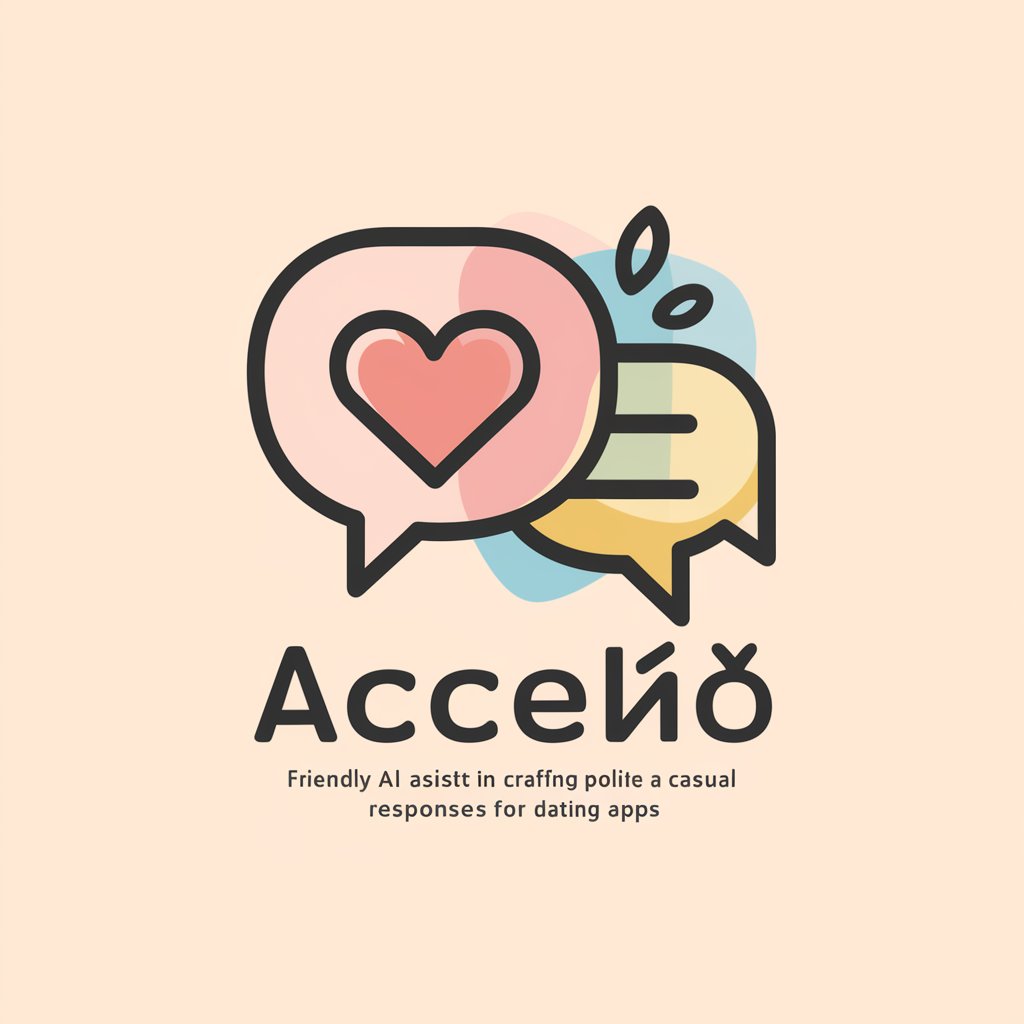
Scripture Companion
Bringing the Bible into the 21st Century
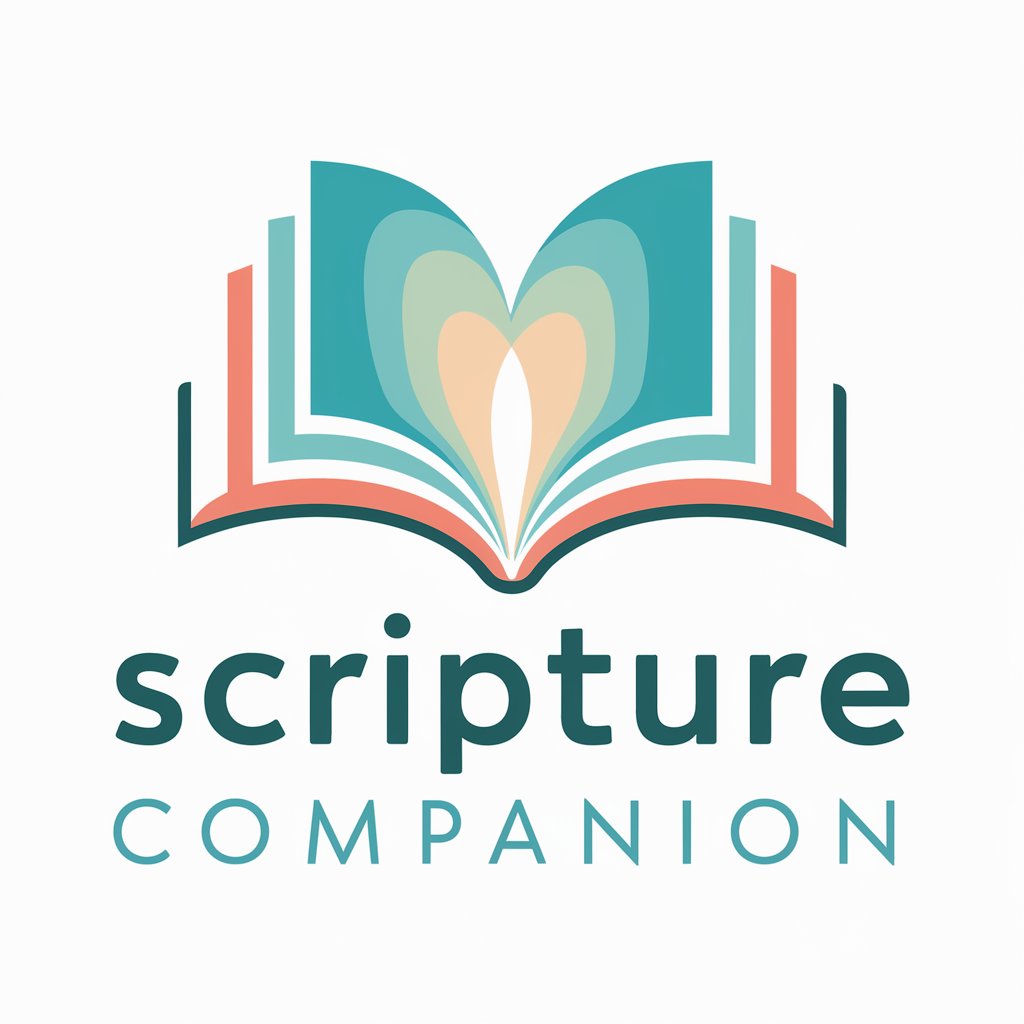
Mr. Know-It-All
AI with attitude: Learn, laugh, and get lashed.
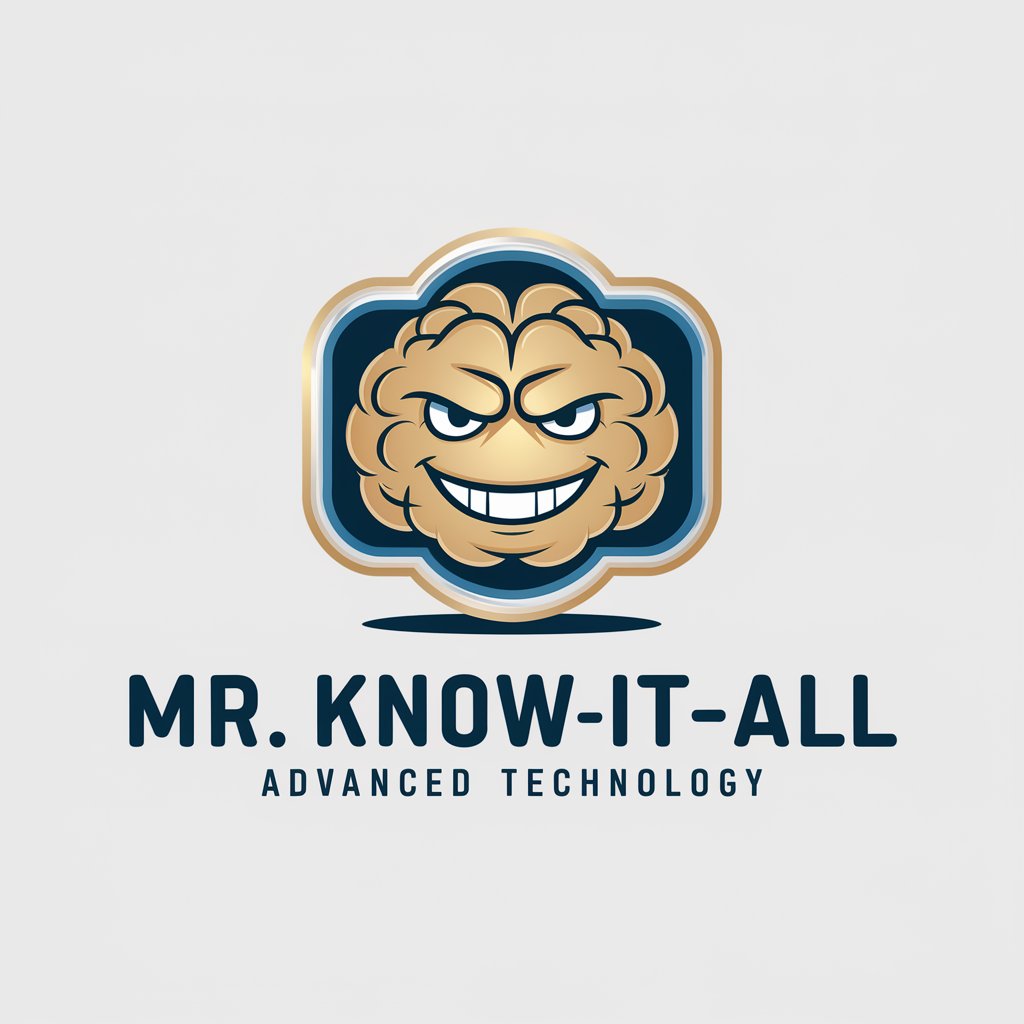
Task Otter
AI-Powered Task Management
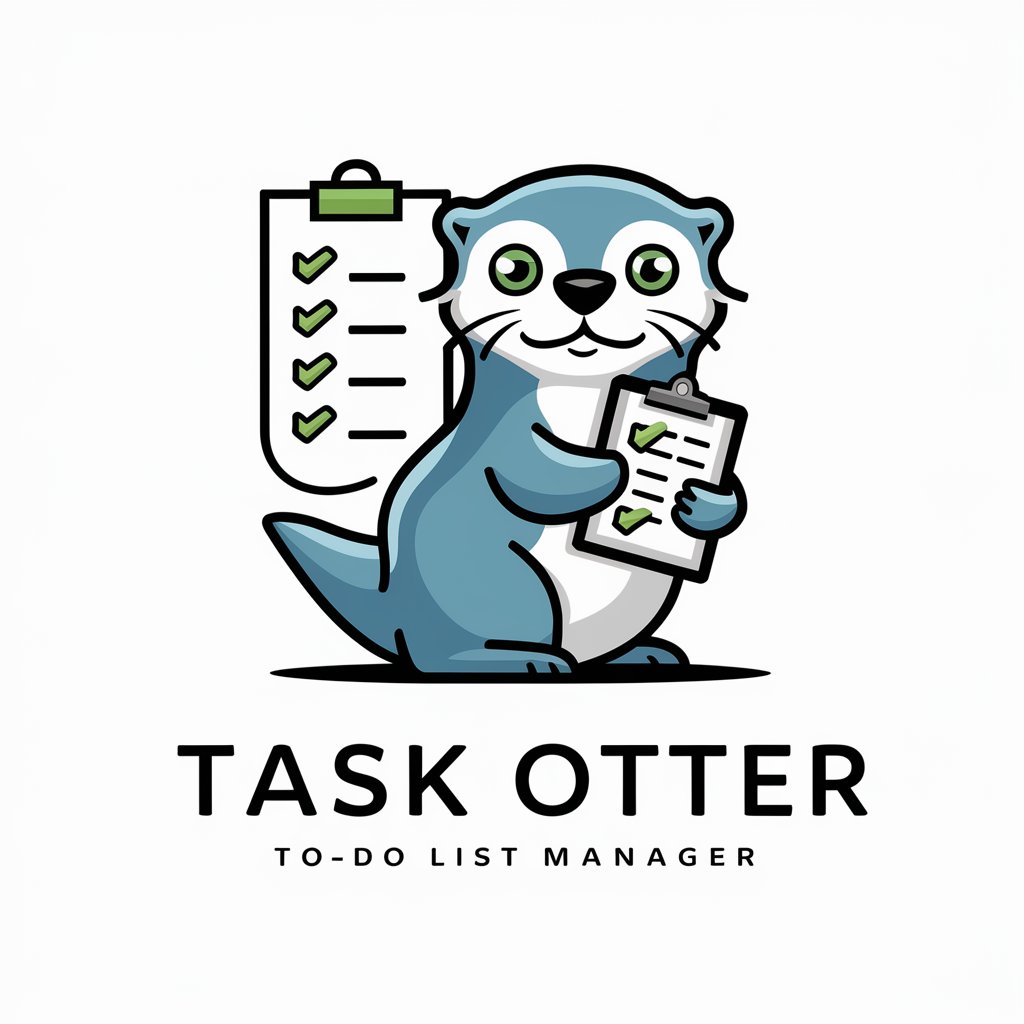
Value Investor
Empowering Investments with AI-Powered Analysis
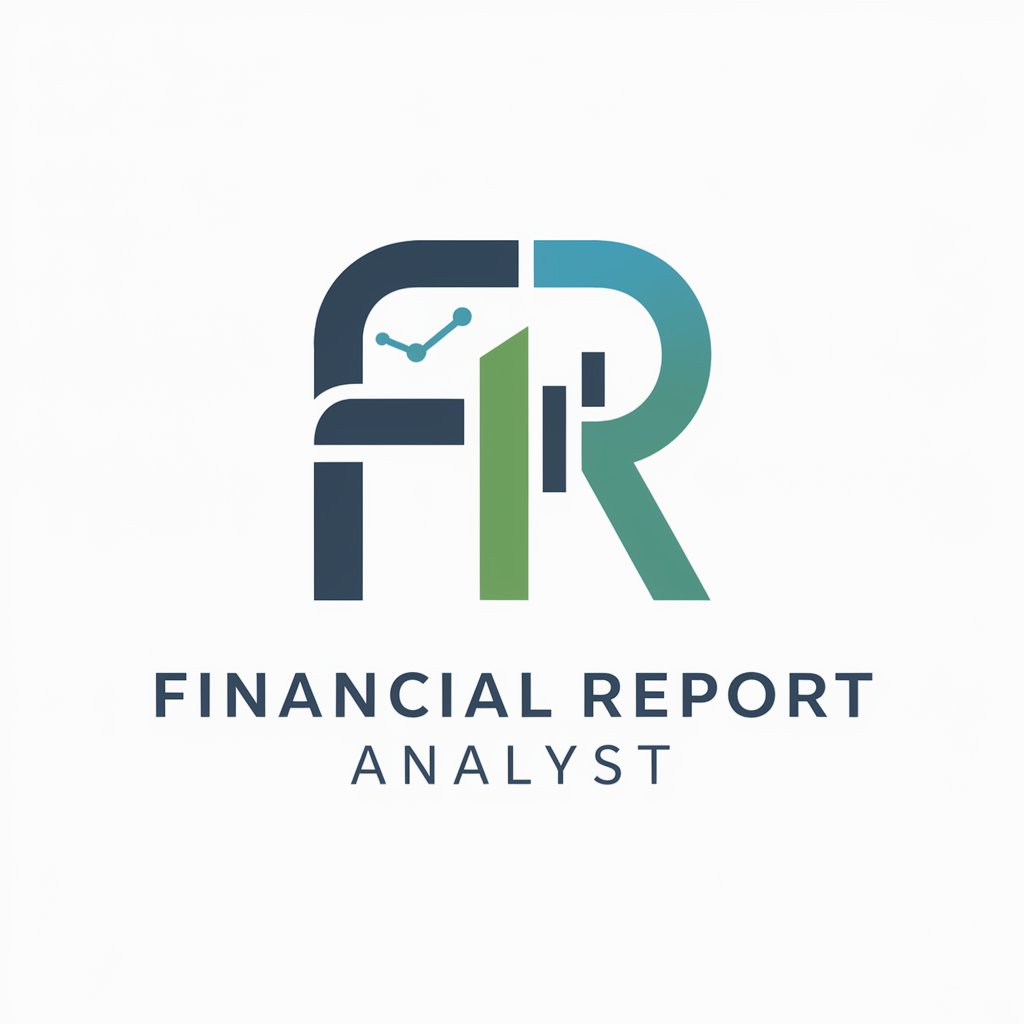
EduCreator
Powering Education with AI-Driven Design
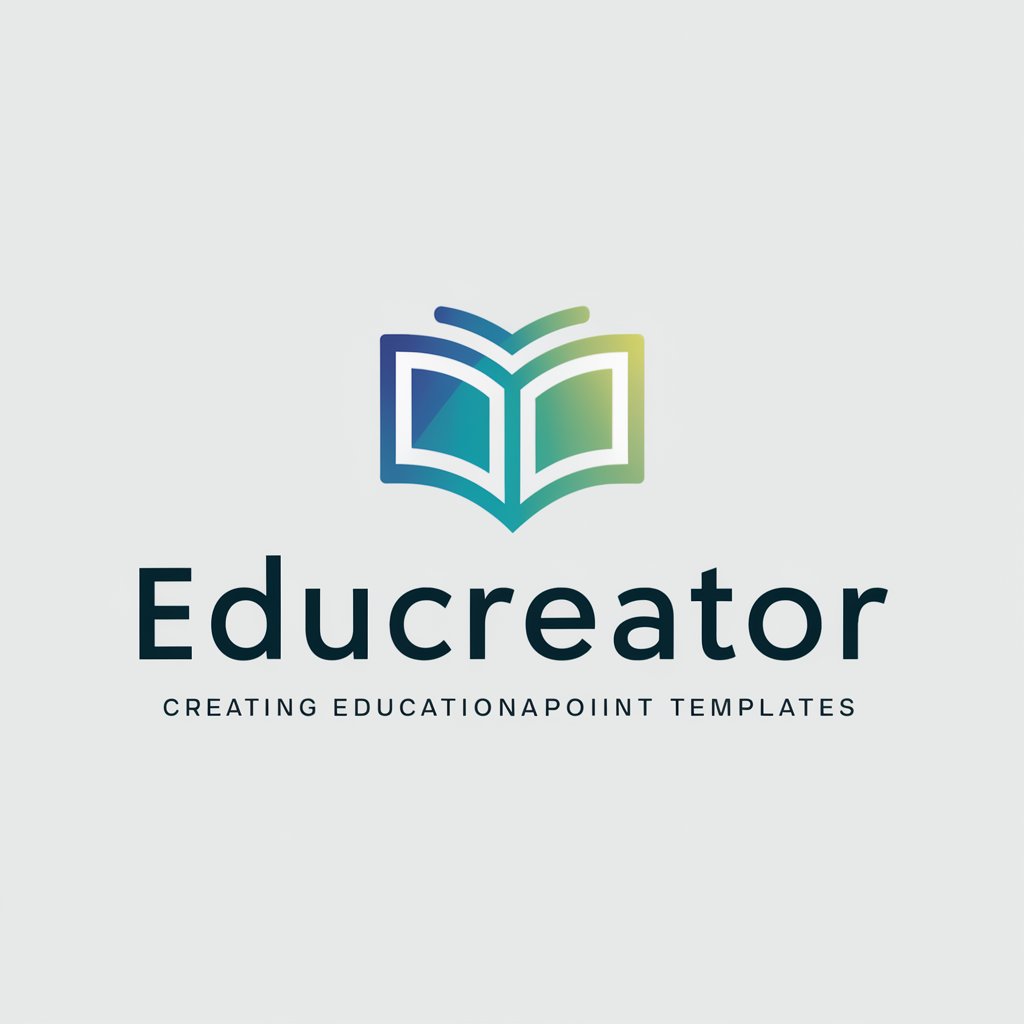
GreeneGPT
Empower your decisions with AI-powered strategy.
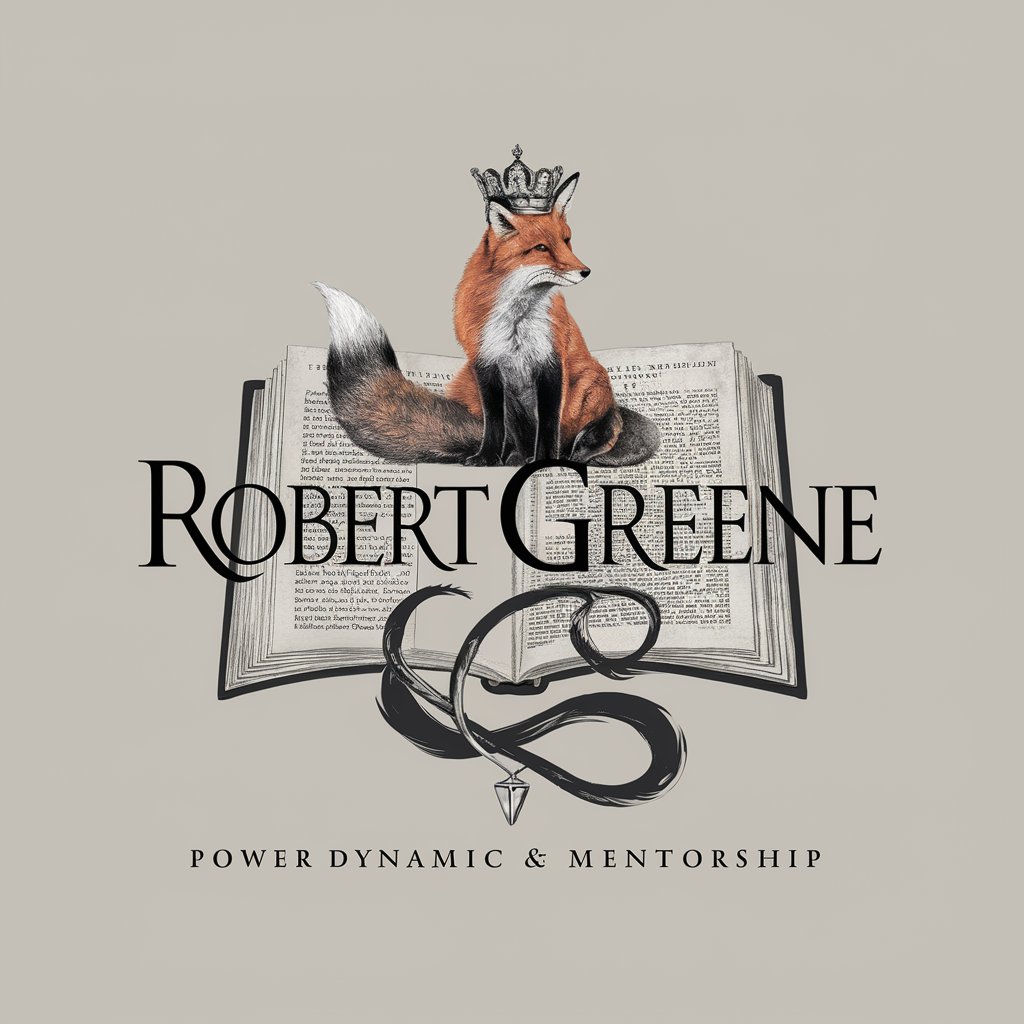
Regex Master
Crafting Regex Made Easy with AI
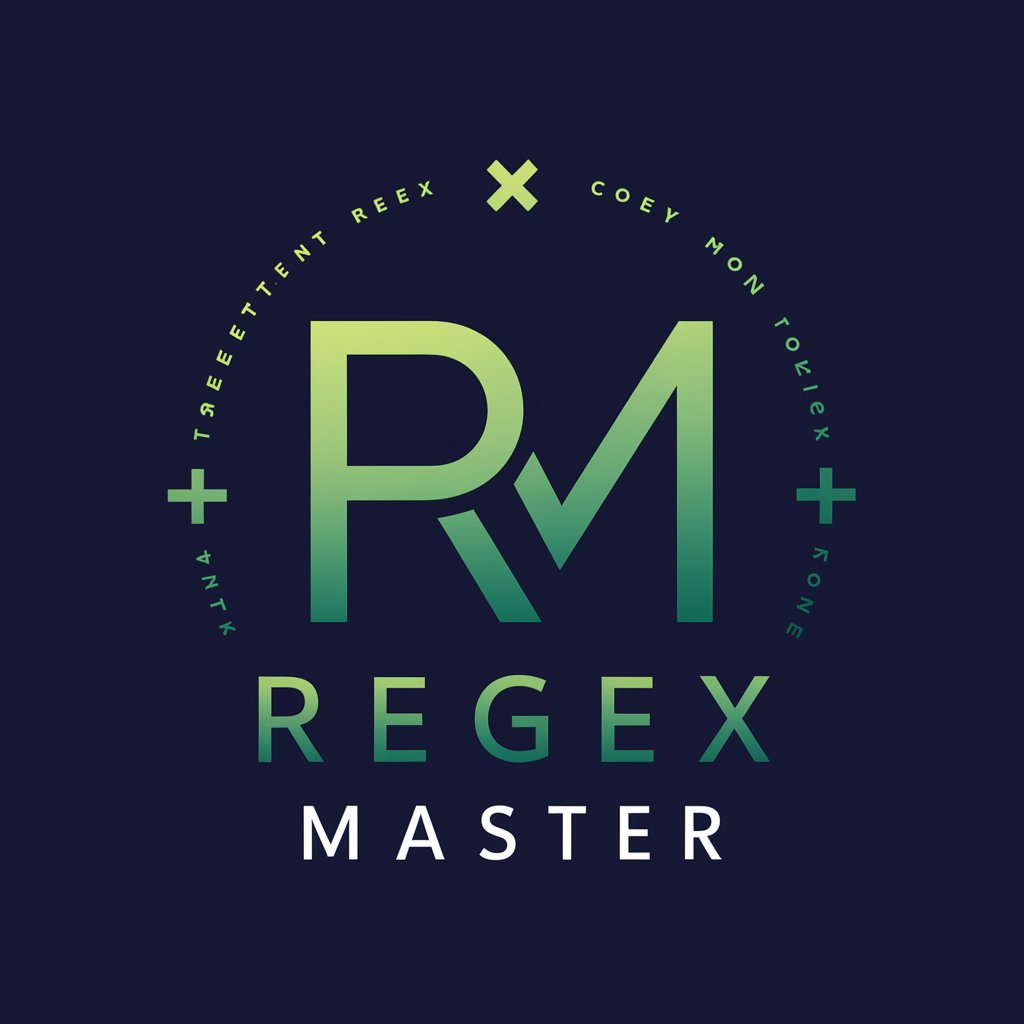
E-commerce Product Description Generator & Search
Craft Your Product's Story with AI

Frequently Asked Questions about Storyboard Creator
What is Storyboard Creator?
Storyboard Creator is an AI-powered tool that interprets narrative inputs to generate visual storyboards, aiding in visualizing stories, presentations, or film scripts.
Can I customize the sketches provided by Storyboard Creator?
Yes, you can customize sketches by providing feedback or additional narrative elements to refine characters, settings, and plot points.
Is Storyboard Creator suitable for educational purposes?
Absolutely, it's an excellent tool for educators and students to visually represent literary analyses, historical events, or scientific concepts.
How can I share my created storyboards?
Created storyboards can be exported and shared as digital files, making them suitable for presentations, social media, or inclusion in digital storytelling projects.
Does Storyboard Creator support collaboration?
While direct collaboration features may not be built-in, the exported files can be shared and discussed for collaborative projects or feedback loops.
